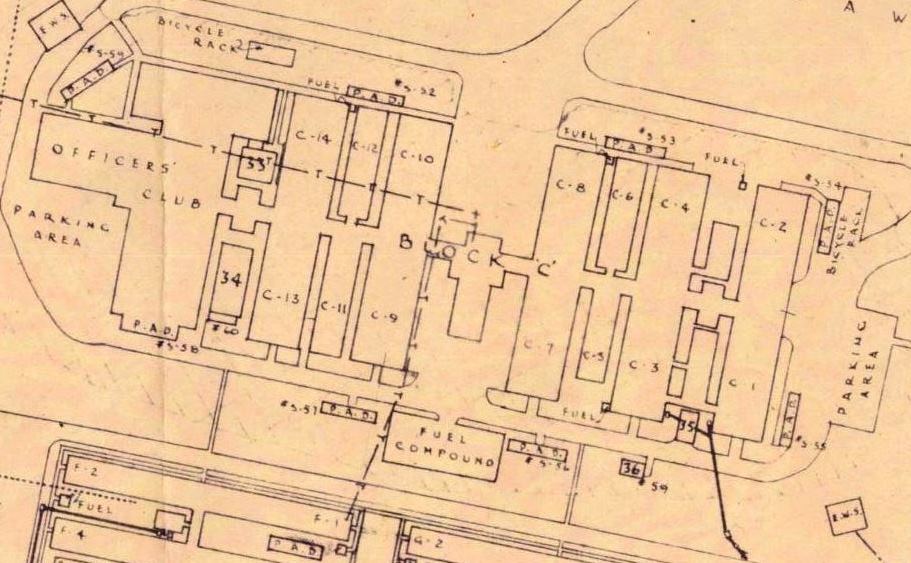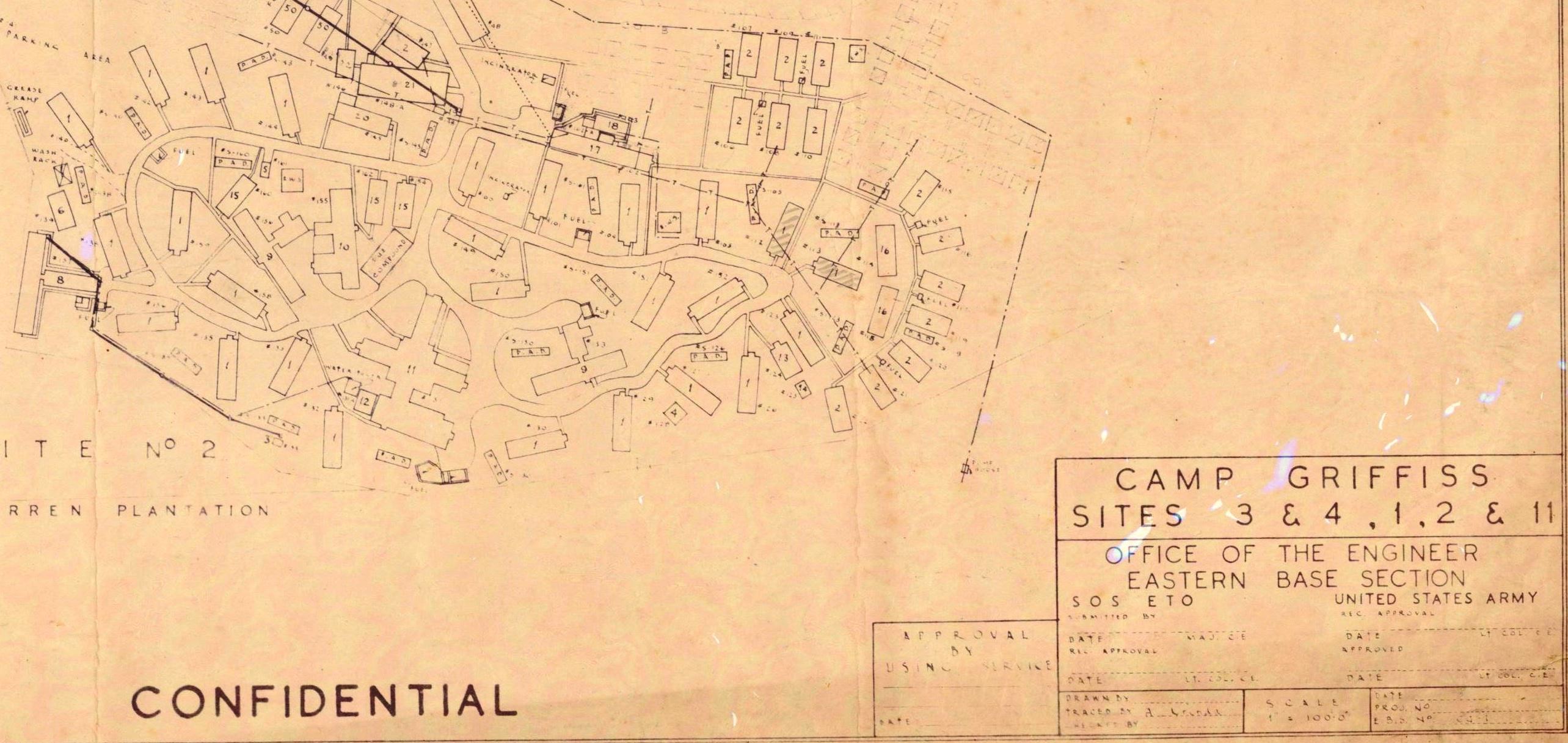Planning an Invasion: Bushy Park’s D-Day contribution
Felix Lancashire, Archivist at Richmond Local Studies Library & Archive, relates the story of Camp Griffiss, Bushy Park, and its role in the planning of the D-Day landings in 1944.
71 years ago today, Allied forces invaded occupied France an began the liberation of western Europe from Nazi rule. The D-Day landings were part of the wider invasion, codenamed Operation Overlord, the planning for which took place at a military base in Bushy Park, Teddington.
Camp Griffiss had been a US Air Force base since 1942. It was named after the first American airman killed in Europe since the outbreak of the war. The camp was also known as ‘Widewing’ in reference to the Flying Fortress bomber planes deployed there. 1943, when General Dwight ‘Ike’ Eisenhower was placed in charge of planning the invasion of Europe, he took the opportunity to move out of his stuffy office in Grosvenor Square and into the more tranquil surroundings of Bushy Park. Camp Griffiss became the Supreme Headquarters Allied Expeditionary Force (SHAEF). Ike found the move conducive, but his staff, who were accustomed to comfortable hotel accommodation in central London, grumbled about the cold, dark offices of Camp Griffiss. Ike insisted it would help them appreciate the harsh conditions that Allied troops would find themselves in as they advanced through Europe. In his downtime, Ike went horse riding in Richmond Park, and sketched views of Bushy Park from his office window.
SHAEF was relocated to Versailles in September 1944, but Camp Griffiss remained an American military base until the 1960s, when the buildings were finally demolished. Several memorials have been erected in Bushy Park since, including a plaque marking the position of Ike’s office.
The Local Studies Library & Archive has recently received an original plan of Camp Griffiss from 1944. The plan includes a key to all the buildings. The sections shown here include ‘C’ Block, where SHAEF staff and Ike’s office were located. To view the original plan, and to learn more about Camp Griffiss, visit Richmond Local Studies Library & Archives in Richmond Old Town Hall.
[ by Felix Lancashire, Archivist ]


